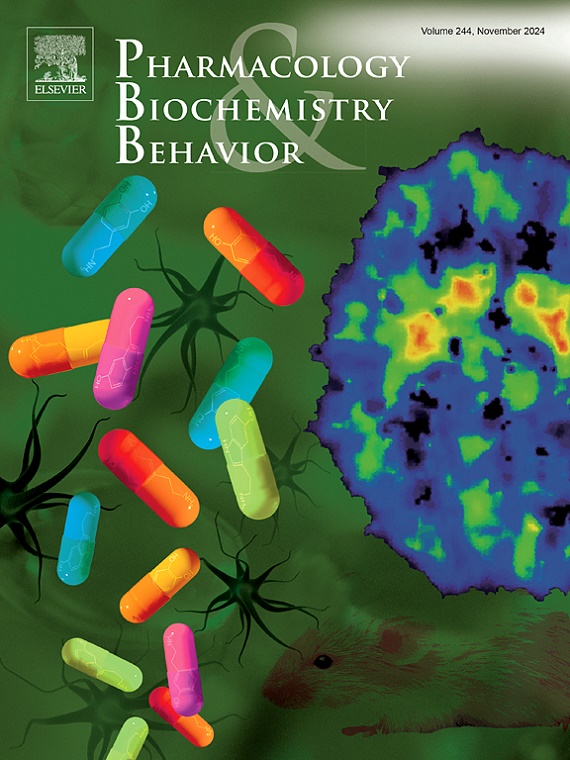Monoamine receptors targeted by methamphetamine differentially modulate basal and fentanyl-depressed respiration in mice
IF 3.3
3区 心理学
Q1 BEHAVIORAL SCIENCES
引用次数: 0
Abstract
Rationale
Fentanyl remains the primary cause of fatal overdoses, and its co-use with methamphetamine is a growing concern. Our lab previously demonstrated that racemic methamphetamine could have either respiratory stimulant or depressant effects depending on dose and separately determined by its enantiomers, dextromethamphetamine, and levomethamphetamine, respectively. Enantiomeric separation of methamphetamine's stimulant and depressant effects indicates that differences in their pharmacology might be exploited to develop novel respiratory stimulants. It is presently unknown which of methamphetamine's monoamine receptor mechanisms mediate these respiratory effects. Thus, systematic evaluation of monoamine receptor-selective agents may identify treatment targets for OIRD.
Methods
Six selective agonists at monoamine receptors involved in methamphetamine's activity [phenylephrine (PNE; α1), clonidine (CLON; α2), SKF-82958 (SKF; D1), quinpirole (QPR; D2-like), 8-OH-DPAT (8-OH; 5HT1A), and DOI (5HT2)] were tested in adult male mice to determine their effects on basal and fentanyl-depressed minute volume (MVb; i.e., respiratory frequency x tidal volume) using whole-body plethysmography. Agonists were initially tested at three behaviorally active doses for their effects on basal MVb. Agonists that stimulated respiration or did not decrease respiration were then tested in combination with fentanyl.
Results
The α1 and D1 agonists PNE and SKF dose-dependently increased basal MVb while the α2 and D2-like agonists CLON and QPR depressed basal MVb. Neither serotonin receptor agonist significantly altered basal MVb. Under fentanyl-depressed conditions, SKF produced transient but significant increases in MVb, while PNE more persistently elevated it. Interestingly, DOI transiently elevated depressed MVb, while 8-OH further exacerbated OIRD.
Conclusions
Selective activation of monoamine receptors alters basal respiration and OIRD, with D1 and α1 receptors representing potential targets as respiratory stimulants, whereas α2, D2-like, and 5HT1A receptors may mediate the exacerbation of OIRD by methamphetamine.
求助全文
约1分钟内获得全文
求助全文
来源期刊
CiteScore
6.40
自引率
2.80%
发文量
122
审稿时长
38 days
期刊介绍:
Pharmacology Biochemistry & Behavior publishes original reports in the areas of pharmacology and biochemistry in which the primary emphasis and theoretical context are behavioral. Contributions may involve clinical, preclinical, or basic research. Purely biochemical or toxicology studies will not be published. Papers describing the behavioral effects of novel drugs in models of psychiatric, neurological and cognitive disorders, and central pain must include a positive control unless the paper is on a disease where such a drug is not available yet. Papers focusing on physiological processes (e.g., peripheral pain mechanisms, body temperature regulation, seizure activity) are not accepted as we would like to retain the focus of Pharmacology Biochemistry & Behavior on behavior and its interaction with the biochemistry and neurochemistry of the central nervous system. Papers describing the effects of plant materials are generally not considered, unless the active ingredients are studied, the extraction method is well described, the doses tested are known, and clear and definite experimental evidence on the mechanism of action of the active ingredients is provided.

 求助内容:
求助内容: 应助结果提醒方式:
应助结果提醒方式:


